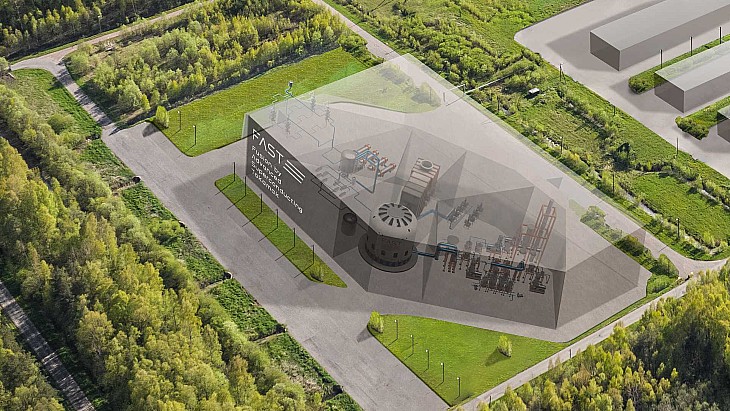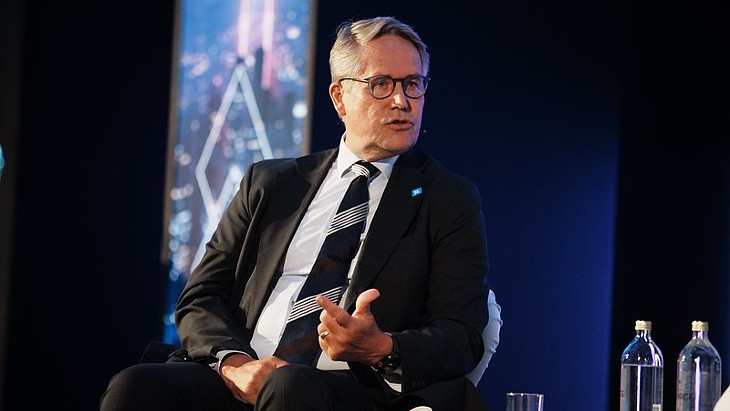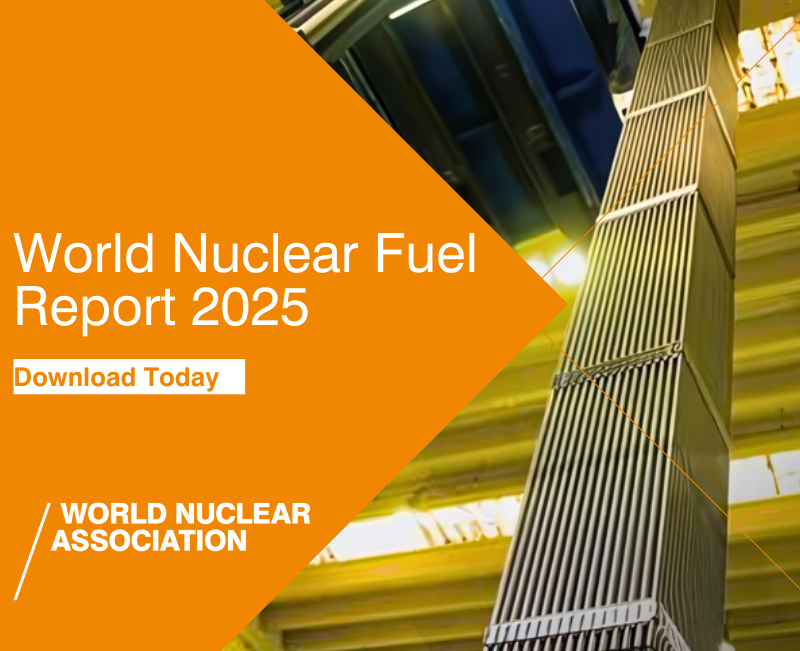In the latest experimental campaign, which ended on 22 May, researchers from Europe and the USA achieved a new peak value of this key fusion parameter - calculated by multiplying together fuel density, fuel temperature and confinement time - for 43 seconds. While this exceeds previous tokamak records for long plasma durations, tokamaks remain the record holders for short plasma times.
The Max Planck Institute for Plasma Physics (IPP) said the new triple product world record for long pulses was made possible by the close collaboration between the European Wendelstein 7-X team in Greifswald and partners from the USA. A key role was played by the new pellet injector, which injects frozen hydrogen pellets into the plasma, enabling long plasma durations through continuous refueling. The US Department of Energy's Oak Ridge National Laboratory developed this unique injector and successfully put it into operation at Wendelstein 7-X.
During the record-setting experiment, about 90 frozen hydrogen pellets, each about a millimetre in size, were injected over 43 seconds, while powerful microwaves simultaneously heated the plasma. Precise coordination between heating and pellet injection was crucial to achieve the optimal balance between heating power and fuel supply. The key was operating the pellet injector with variable pre-programmed pulse rates for the first time - a scheme executed with impressive precision. This method is directly relevant for future fusion reactors and can potentially extend plasma durations to several minutes.
In the record-breaking experiment, the plasma temperature was raised to more than 20 million degrees Celsius, reaching a peak of 30 million degrees. Measurements to calculate the triple product were provided, among others, by Princeton Plasma Physics Laboratory, which operates an X-ray spectrometer for ion temperature diagnostics at Wendelstein 7-X. The necessary electron density data came from the IPP's worldwide unique interferometer. The energy confinement time required for the triple product calculation was also determined using diagnostic tools developed at IPP.
"The new record is a tremendous achievement by the international team," said Thomas Klinger, head of operations at Wendelstein 7-X and head of stellarator dynamics and transport at IPP in Greifswald. "It impressively demonstrates the potential of Wendelstein 7-X. Elevating the triple product to tokamak levels during long plasma pulses marks another important milestone on the way toward a power-plant-capable stellarator."
During the latest experimental campaign, energy turnover was increased to 1.8 gigajoules (lasting 6 minutes). The previous record from February 2023 was 1.3 gigajoules. Energy turnover is calculated as the product of injected heating power and plasma duration.
Wendelstein is a stellarator fusion reactor - different to a tokamak fusion reactor such as the Joint European Torus in the UK or the Iter device under construction in France. A tokamak is based on a uniform toroid shape, whereas a stellarator twists that shape in a figure-8. This gets round the problems tokamaks face when magnetic coils confining the plasma are necessarily less dense on the outside of the toroidal ring.
The Wendelstein 7-X will not be used to produce energy but should demonstrate whether stellarators are suitable as a power plant. It should show that stellarators have the ability to operate continuously. In contrast, tokomaks can only operate in pulses without auxiliary equipment.

_93117.jpg)



_82983.jpg)
_34792.jpg)
_16403_79272.jpg)


_76087_55556.jpg)



